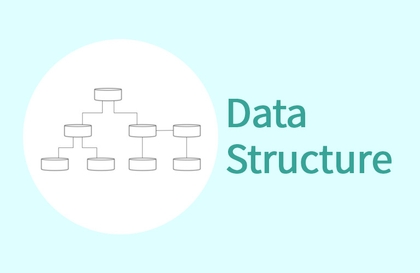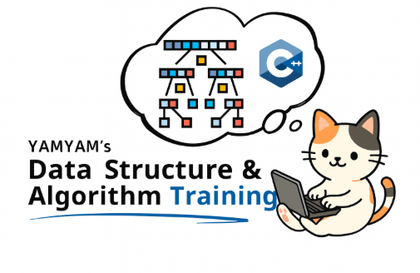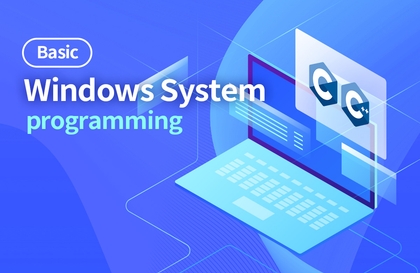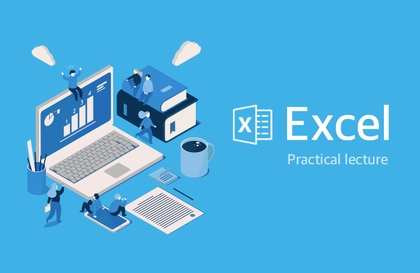
Excel 2016, available directly at your company
hanbit
There are certain functions required when organizing Excel data. You can shorten the time for organizing data by learning only the basic functions that you are familiar with, such as VLOOKUP, pivot tables, and conditional sums. Invest just 7 minutes a day. Through this course, you can neatly solve the complicated task of organizing data.
Beginner
Excel, MS-Office





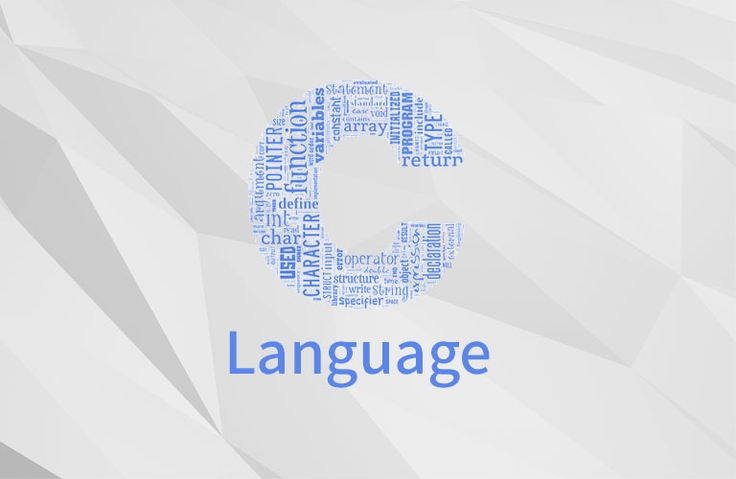



![[DevGround] Developer, Things That Helped Me GrowCourse Thumbnail](https://cdn.inflearn.com/public/courses/326632/cover/df2844be-cadf-453d-9183-5ba79911b0b3?w=420)
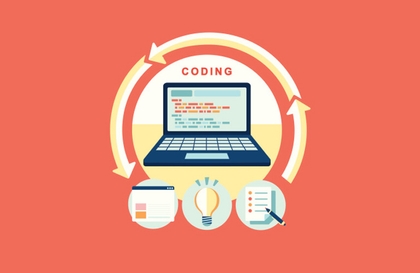
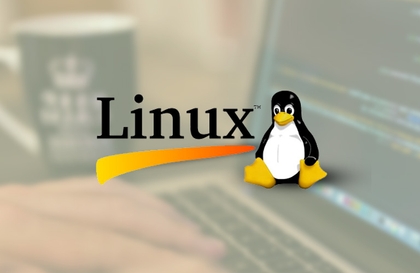

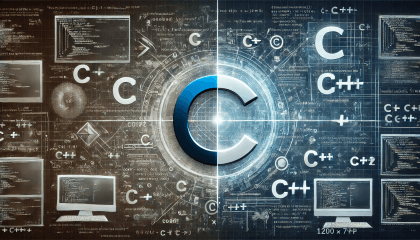
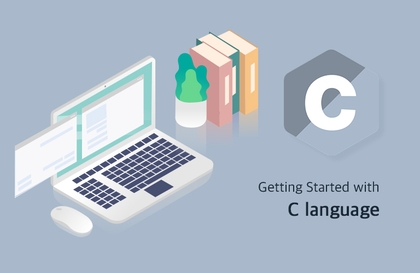
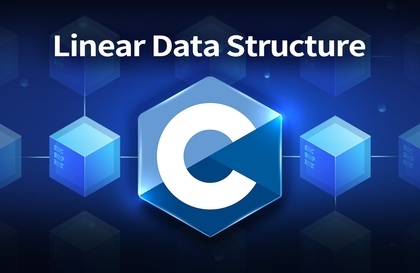
![[Jushin Game Academy Burger Teacher] Game C++ for complete beginnersCourse Thumbnail](https://cdn.inflearn.com/public/courses/332671/cover/5273da0d-7825-4a93-887f-9612dd9b2f33/332671.png?w=420)
